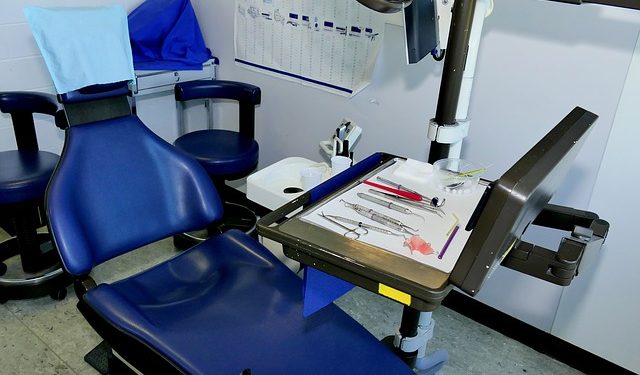The government’s dental contract reform (DCR) programme has failed in its objective of improving oral health across England, with fewer patients treated, reduced access for patients of all types, and lower patient satisfaction.
According to an independent report, after three years of trials the number of patients seen by practices under the prototype arrangements fell to 91% of the previous levels.
This contrasts with comparable practices which increased the number of unique patients seen over a 24-month period during the same timeframe to 103% previous figures.
Access reduced for both fee-paying and charge-exempt adults across prototype practices, while in the non-prototype contracts, access increased for fee-paying adults and reduced for charge-exempt adults.
Average waiting time for the third next available appointment showed neither a significant increase nor decrease over the three-year period in prototype practices.
However, the NHS Business Services Authority (NHSBSA) found lower satisfaction with time taken to get an appointment among patients at prototype practices compared to those from non-prototype contracts.
The number of courses of treatment in all treatment bands at prototype practices reduced from the baseline year to 46% of urgent, 82% of band 1, 64% of band 2 and 71% of band 3 courses of treatment.
Over the same period, non-prototype contracts saw an increase in band 1 courses of treatment to 108% of previous levels, and far smaller decreases in urgent (to 98%), band 2 (to 94%) and band 3 (to 90%) figures.
Decade-long reform programme
The DCR programme was launched by the coalition government in 2011 in response to the publication of NHS Dental services in England – an independent review led by Professor Jimmy Steele, published in 2009.
The programme began with a piloting phase that ran from April 2011 until March 2016 followed by a prototype phase that began in April 2016.
Prototype practices did show closer adherence to planned NICE recall guidelines for children and adults, compared with the non-prototype contract practices, but both children and adults returned later for subsequent treatment in prototype practices, compared with non-prototype contracts.
The report also found around a quarter of both adults and children did not return to their prototype practice for a subsequent review of their oral health.
The proportion of those not returning was higher for patients who were initially assessed as having a high oral health risk status.
Report compilers also found the proportion of prototype practices achieving their contracted targets did not change significantly between financial year 2016-17 and 2018-19.
Consequently, the report concluded that based “on the available evidence, this contract did not achieve these aims”.
“There was an increased level of activity delivered in individual courses of treatment at prototype practices, but this activity was across a smaller number of patients and fewer courses of treatment,” it added.






